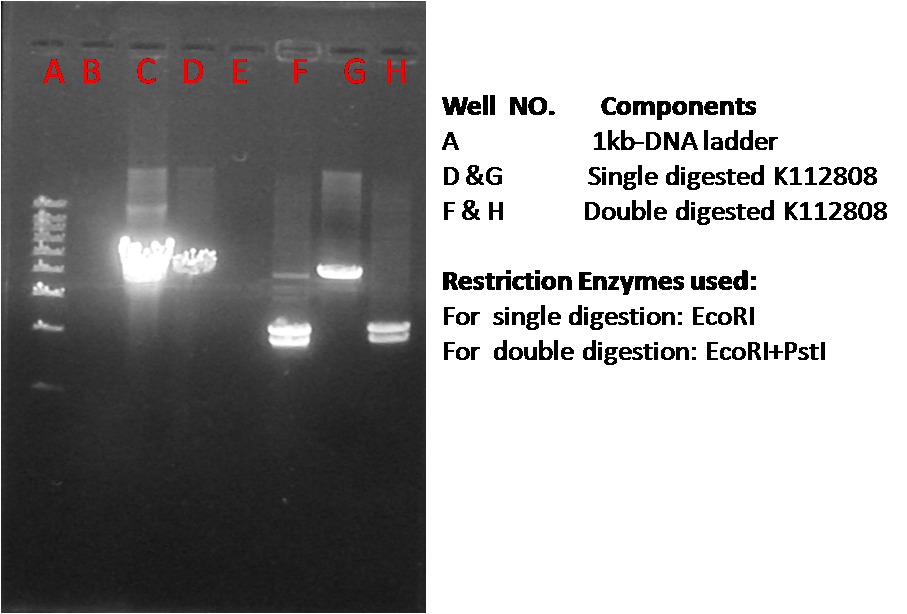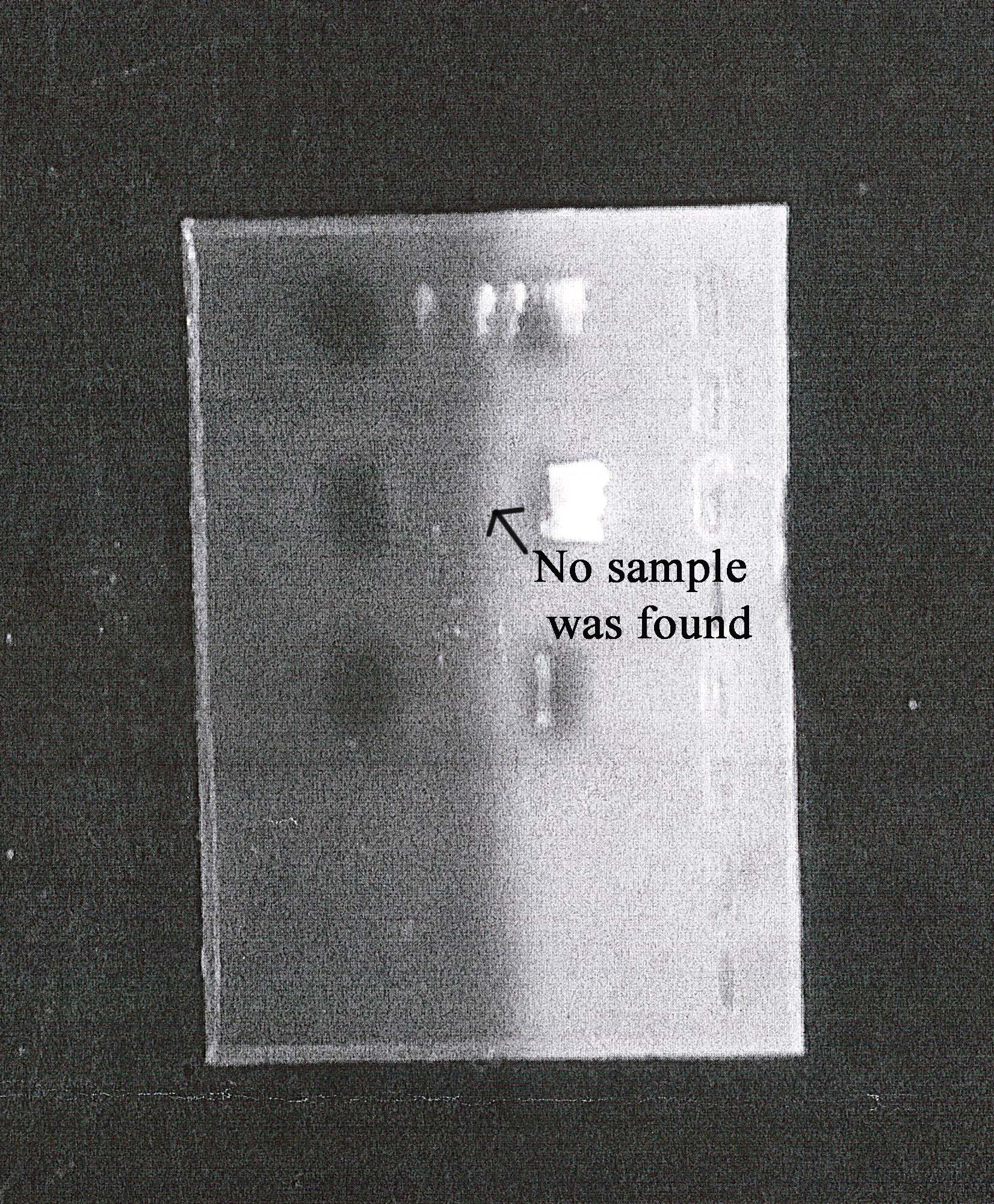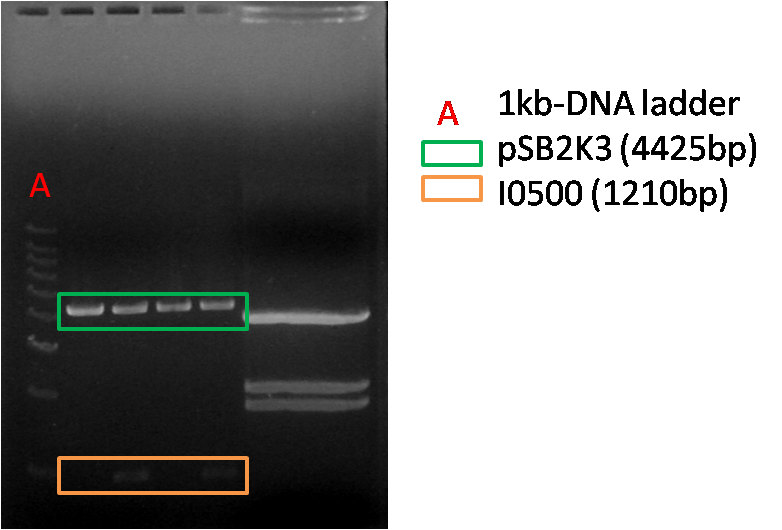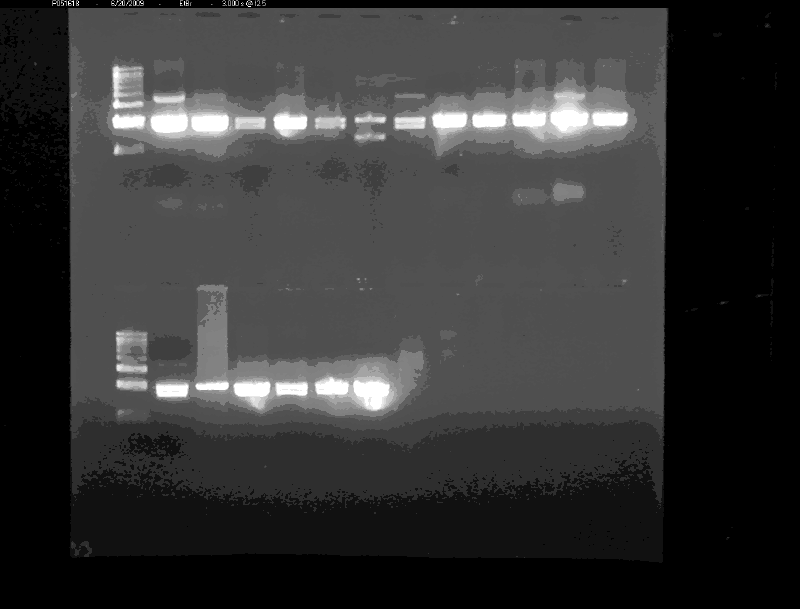Team:ArtScienceBangalore/Notebook/Week Four
From 2009.igem.org
(→June 9th) |
|||
| Line 60: | Line 60: | ||
<gallery> | <gallery> | ||
| - | + | Image:Gelimage090609.png|Agarose gel electrophoresis image of digested K112808 | |
| - | + | Image:Not working.jpg|Failure 1 | |
| - | + | Image:PBAD-insert f.png| The pBAD Insert | |
| - | + | Image:Failed Ligation.png| The Failed Ligation Attempt | |
</gallery> | </gallery> | ||
Revision as of 19:36, 21 October 2009
Week Four
June 8th- 17th
What are we trying to do?
We want the bacteria to lyse, to kill itself from the inside.
Well then, to do that we had to get a lysis gene in it. The thing is, with the lysis gene needs to be turned on by this specific substance called a promoter
There are two kinds of promoters, ones that make the gene they're attached to , be 'on' all the time. Then, you have ones that turn on when you want them to, in our case, when you add a mystery enzyme.
Our Step-wise Process:
How we tried to do this:
Step 1 - Taking dry DNA from wells
Step 2 - Transforming competent cells
Step 3 - Picking a single colony.
Step 4 - Inoculating broth with Ampicillin-R (an antibiotic) and letting it grow for 18 hours.
Step 5 - Using the resulting culture for mini-prep. - a process used to purify plasmids and yields clean, usable DNA.
Step 6 - Digesting the DNA
Step 7 - Gel Electrophoresis
Step 8- Ligation
Step 9- Transformation and Inoculation
June 9th
Images of the various results attained:
 "
"



